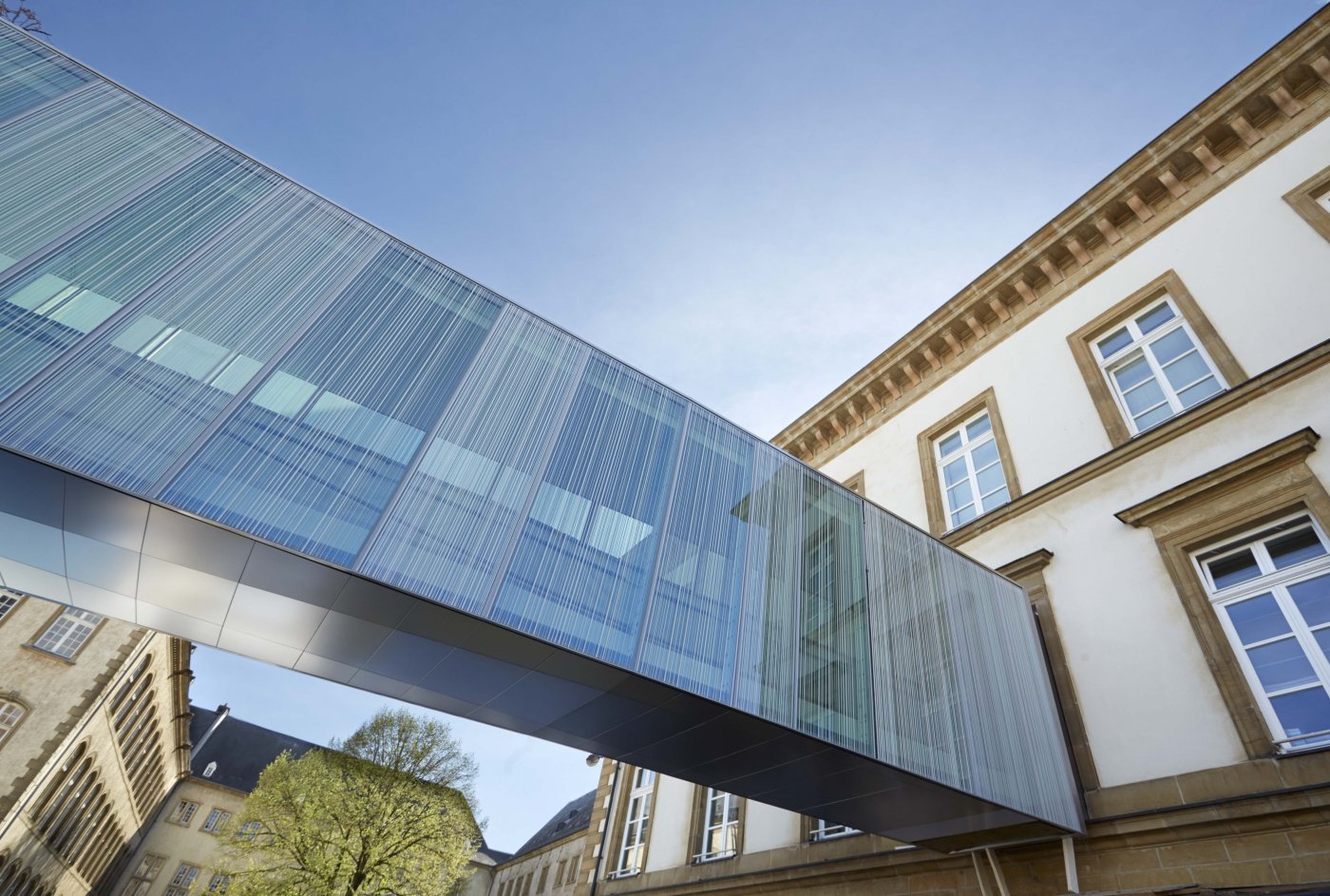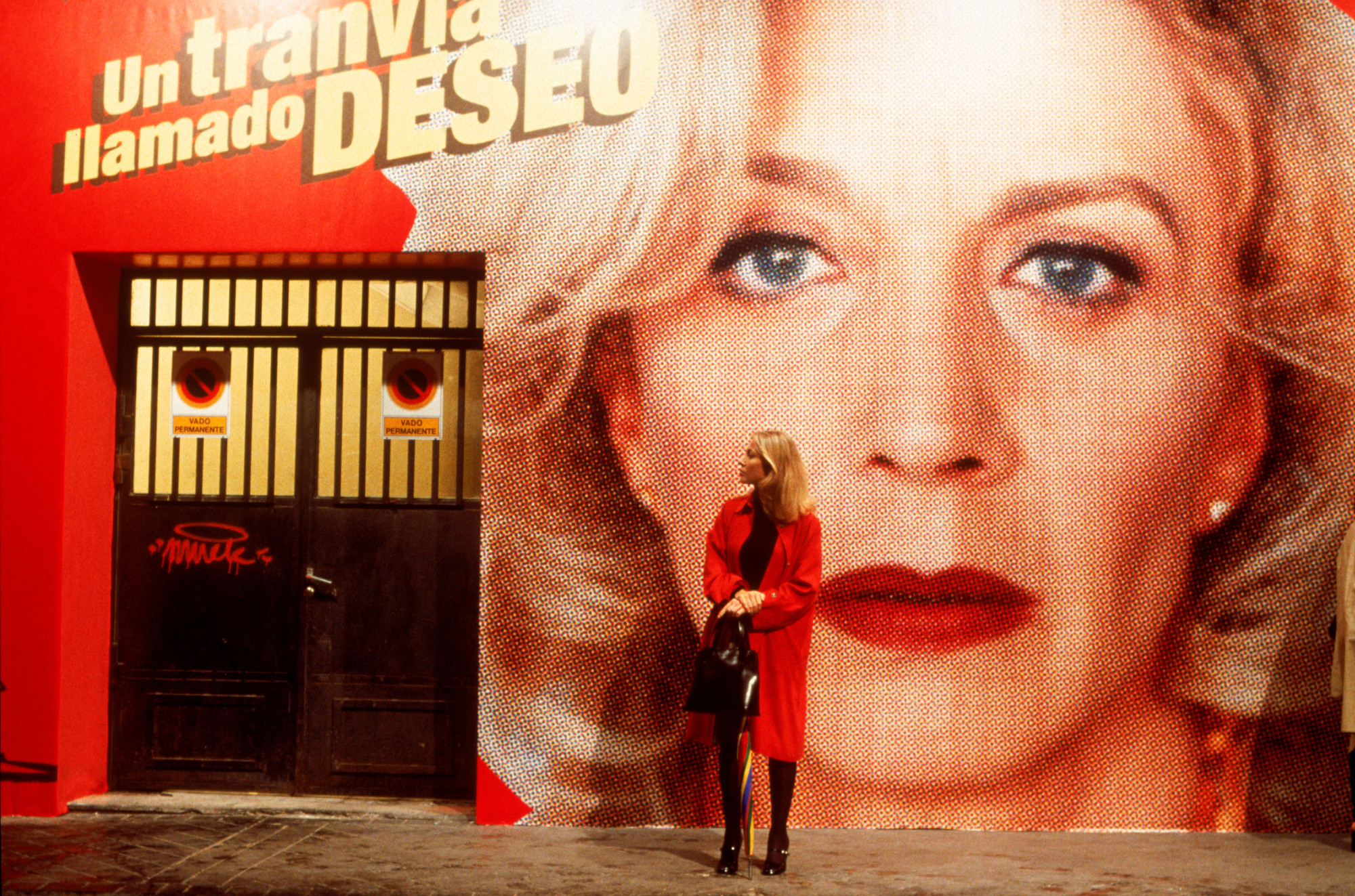Rapport analytique
Retransmission en direct de la séance
Noise pollution in Luxembourg City
QUESTION POSED BY GUY FOETZ
For quite some time, there has been a growing number of complaints by people affected by the noise in our city. Apparently, however, the City is unable to provide an adequate response, with the result that the affected residents find themselves in situations that could only be described as Kafkaesque.
A case in point is the experience reported by a person living on Rue de Beggen, who asked the City to do something about the deafening noise caused by a fan on the roof of a house opposite their own, which has been running day and night since the beginning of March. By way of response, they were advised, on 28 May, to report the matter to the Environment Agency (Administration de l’environnement) and the Grand Ducal Police. The Environment Agency, however, said that they could do nothing about the issue since the building in question was not an industrial, craft-manufacturing, commercial, agricultural or wine-producing facility, and advised the resident to "refer to the City of Luxembourg's municipal regulations, and more specifically the building regulations".
Now, as it turns out, the City of Luxembourg's building regulations simply state, and I quote Article 48.3.2 of the regulations, that "all permanently mounted noise-producing devices must be fitted with adequate soundproofing."
In light of the foregoing, I would like to pose the following questions to the College of Aldermen, in accordance with Article 9 of the municipal council's internal rules and regulations:
- How is it possible that the City's building regulations are so superficial, especially since Article 69 of the standard regulations published by the Ministry of Home Affairs (Ministère de l’Intérieur) states that "the noise level caused by the permanently mounted technical equipment at the point of incidence on the neighbouring property must not continuously or regularly exceed 40 dB(A)", and that the notice of enactment of these standard regulations state that "obviously, all municipal regulations must, as a rule, contain rules that are clear and specific"?
- Does the City plan to incorporate "clear and specific" rules on noise-protection measures in its building regulations, as stipulated in the notice mentioned earlier?
- How will facilities that were authorised prior to national anti-noise legislation be affected?
- What inspection and direct-aid measures does the City envisage to protect its residents against increasing noise levels?
RESPONSE PROVIDED BY LYDIE POLFER
Since the City's current building regulations are silent on the issue of noise, the City will forward the complaints in question to the relevant bodies, namely the Environment Agency and the Customs and Excise Agency (Administration des douanes et accises).
The City's building regulations were established under the Law of 12 June 1937, and have been updated on several occasions since then. This explains why the content of the current building regulations is slightly different from the standard regulations. The initial version of the standard regulations was published by the ministry responsible for those issues in 2013. The City had decided to wait for the publication of the new general development plan (plan d'aménagement général – PAG) and the special development plans for existing developments (plans d'aménagement particulier "quartiers existants" – PAP QE), and related grievances and remarks, so that all the issues could be considered before work began on the new building regulations.
When the new building regulations enter into force, they will have no impact on existing facilities. Nevertheless, I am hoping that there will be a transition period to give people time to comply.
However, publishing new regulations is not enough: we must also secure the means to enforce them. On the issue of noise, measurements will have to be taken, and this is not within the City's authority. As noise has a major impact on residents' quality of life, the City will need to secure the resources required to sanction those who fail to comply with the new building regulations.
Trees along Boulevard de la Fraternité
QUESTION POSED BY FRANCOIS BENOY
Thank you for allowing us to bring up this question again today, especially since no response could be given to one of the aspects of the question at the last meeting of the municipal council. The pictures I gave you clearly show that the trees do not have enough space, and that many of the trees are in poor health. I regret that the City did not take the opportunity to provide the trees with more space during the recent works in the area. The current spacing does not meet the criteria cited by Alderman Wilmes at the last meeting. Can you confirm that the spacing of the trees is sufficient? How do you plan to comply with the tree-spacing criteria cited at the last meeting? Why weren't additional trees planted over a distance of several hundred metres?
RESPONSE PROVIDED BY SERGE WILMES
Let me emphasise once again that trees are important to us all, and that we are doing our utmost to ensure that they can grow and flourish in proper conditions. The final version of the Boulevard de la Fraternité redevelopment project does not only entail the works that were undertaken, which were only a temporary solution to repair the pavement and kerbs that had fallen into disrepair. Nothing has been done about the trees so far since the final version of the project could very well provide for the planting of more trees, in which case the spacing between the trees could change. According to our Service Coordination des chantiers (Work-Site Coordination Department - SERCO), the final version of the project, which will entail a complete overhaul of Boulevard de la Fraternité, will probably be implemented in 2023. It goes without saying that we will ensure that the spacing between the trees is adequate.
Dead trees in the "Jardin anglais" playground in Gasperich
QUESTION POSED BY CHRISTA BRÖMMEL
The "Jardin anglais" playground in Gasperich owes much of its charm and atmosphere to its trees, and especially its oak and chestnut trees which, although sparsely dispersed, provide shade and a natural cooling effect for the many visitors of all ages to this haven of greenery.
At the beginning of the summer, the branches of several trees were pruned, leaving only their trunks. Why were the trees pruned? Did the City attempt to find out why these trees died? What were its findings? Are there any plans to remove the tree trunks? Will the dead trees be replaced? When? With what? How many trees will be replanted, and how big will they be? Are other trees in the "Jardin anglais" expected to suffer the same fate, and/or has a similar phenomenon been observed elsewhere in the city? If so, what steps does the College of Aldermen intend to take?
RESPONSE PROVIDED BY SERGE WILMES
Unfortunately, it is true that a number of ash trees in the "Jardin anglais" died, and that their branches were pruned before the summer holidays to prevent them from posing a hazard to children and other people. The tree trunks will be removed by February 2021. Not only were the trees not getting enough water because of the dry weather conditions in recent years, they were also infected with ash dieback (a disease caused by a fungus), and their roots were damaged while works were being carried out. The dry weather conditions have affected all trees within the city limits, whether in urban areas or in forests. As you know, the City maintains a register of trees in which all diseases and other anomalies are recorded. Two new trees have already been planted in the "Jardin anglais" and a further four are planned. We don't know yet what species of trees will be planted.
Repurposing work on the Mombel-Klein farm in Rodenbourg
QUESTION POSED BY CHRISTA BRÖMMEL
The City of Luxembourg has accepted the donation of a farm in Rodenbourg and intends to repurpose it as an educational facility for children living in urban environments. In doing so, the City will be fulfilling the wishes of the donor, one Ms Klein. Thanks to this donation, once the repurposing work is completed, the City of Luxembourg will be able to provide children and young people living in Luxembourg City with a wider and more complete range of educational activities, especially nature activities and activities run by the Centre d'animation pédagogique et de loisirs (Creative Learning Centre – CAPEL).
On the signboard at the entrance to the courtyard of the property in question, passers-by can read that the City's Service Forêts (Forestry Department) employs grazing to upkeep the grounds.
What progress has been made on the "Haff Rodenbourg" project? What is the College of Aldermen's timetable for this project? Has a concept document already been produced? Which departments and/or experts are involved? When will the concept be presented to and discussed by the municipal council? Is the College of Aldermen in a position to provide information on the required investments in terms of financial and human resources? Would it be possible to involve external parties, such as the Centre for Ecological Learning Luxembourg, in the project?
RESPONSE PROVIDED BY LYDIE POLFER
First of all, let me say that the donor would like the farm to be known as the "Ferme Mombel-Klein". The donation was approved by the municipal council on 20 April 2020. Several City of Luxembourg departments will be involved in implementing the project. On 21 July, the College of Aldermen tasked the Service Forêts with managing the first phase of the project, as there are a number of trees on the property that require upkeep. On 20 August, a meeting was held with representatives from the Chamber of Agriculture, the SIAS, the Service Architecte (Architecture Department), the Direction du Géomètre (Survey Directorate), the Service Parcs (Parks Department), the Nature Activities Section of the Service Enseignement (Education Department), and the Service Forêts. Getting the project off the ground requires compliance with a number of legal provisions, not only because the farm is a listed monument, but also because part of the property lies in a "Natura 2000" zone. It is also important to preserve the character of the main building, which is typical of farms built in the mid-20th century. Accordingly, the interior design and layout, as well as some of the furniture, will also be preserved. This means that it cannot be used for activities involving children, and that another spot will have to be found where classes visiting the farm could overnight. At another meeting on 21 October, a suggestion was made to involve the entire village of Rodenbourg in the project, especially considering that neighbouring farmers are ready to come on board. Ideally, the house should be occupied, either by a single person or a couple, and they could also look after the animals that would be living on farm, e.g. donkeys, sheep and chickens. The sheep and the donkeys would contribute to the natural upkeep of the fields bordering on the house. The Service Architecte has been assigned the task of conducting a static analysis of the house and the nearby barn. In April, we committed to completing the project within five years, but we would like to complete it sooner. Ms Mombel-Klein herself is taking a very active role in the project. For instance, she has taught trainees in our Service Parcs the proper way to prune plants. Representatives from SIAS have analysed the fruit trees near the house with a view to preserving old species of apple trees, among other things.
Reorganisation of the City's bus network further to the extension of the tram service to Luxembourg Central Station
QUESTION POSED BY GUY FOETZ
The extension of the tram service to Luxembourg Central Station is expected to have a major impact on bus services in the city. As announced by Minister François Bausch, from 13 December, 1,750 bus journeys a day through the city centre will simply be terminated as buses switch to their new final stops at Luxembourg Central Station or Place de l'Étoile. The terminations of service could also affect City buses, in which case steps would need to be taken to ensure that the tram service through the city centre does not make things more difficult for many users of the City's public-transport services, owing to the fact that they would need to make more changes to get from one district to another. For example, passengers travelling from Gasperich to Hauts de Limpertsberg would have to take a bus to Luxembourg Central Station, then take the tram to Rond-point Robert Schuman and finally take a bus to Hauts de Limpertsberg, but this trip can currently be made by bus without a single change. This is the kind of thing we need to avoid.
It is obvious that to be efficient and beneficial to residents, the City's tram and bus services should be integrated in an overarching public-transport concept designed around passengers' needs.
Of the City bus lines that currently transit through the Gare district and the city centre, which ones will be affected by the extension of the tram service to Luxembourg Central Station? How will the City's bus capacities that are freed up as a result of the extension of the tram service be used to increase the number of direct inter-district routes? How do you plan to involve residents in the process to reorganise the city's bus network? When will the City publish details of the reorganisation of the bus network in the wake of the extension of the tram service to Luxembourg Central Station?
RESPONSE PROVIDED BY PATRICK GOLDSCHMIDT
A presentation to explain the planned changes to the bus network was on the agenda of the Urban Mobility Committee meeting that was to take place before the autumn break (Toussaint), but due to a technical issue, the meeting had to be postponed to next Thursday. Starting in mid-December, the tram service will replace certain bus lines (lines 1, 16, 120, 144, 192, 194, etc.) on the "Luxembourg Central Station – city centre – Luxexpo" route. As part of the redevelopment works on Place de la Gare, the AVL bus station will be removed and "Gare Centrale" will no longer be a final stop. As regards details on changes affecting various bus lines (RGTR and AVL), François Bausch, Minister for Mobility and Public Works (Ministre de la Mobilité et des Travaux publics), will be holding a press conference next week. The City of Luxembourg will also be holding a press conference to give more details on the changes to the City's bus network.
We have all known for many years that, eventually, getting from A to B would often require changing buses, or using both the bus and the tram services. Nevertheless, it is important to emphasise that there will be one connection between every city district and at least one of the two major hubs – the Gare district or Ville-Haute – and that in practically all cases, passengers will only have one change to make. The requests we have received on the part of passengers and local interest groups over the last few years have been taken into account whenever possible, and occasional changes will still be possible.
I would also like to point out that despite the cutback in the number of lines, the distances covered will remain unchanged. In other words, there will be more intra-district connections.
An advertising campaign will be run when the new routes and timetables come into effect, and greeters will be on board buses to provide passengers with assistance. I am confident that we will have a fine public-transport system.

















